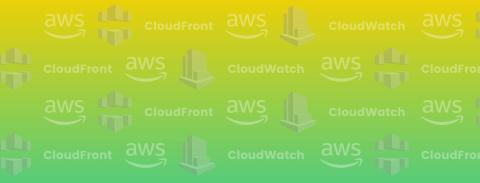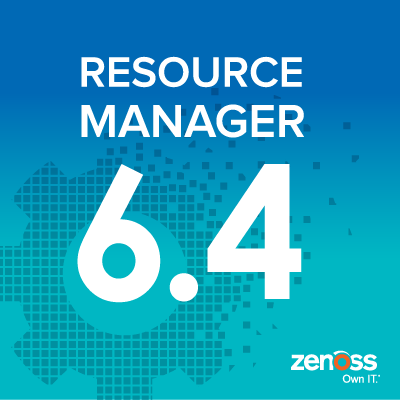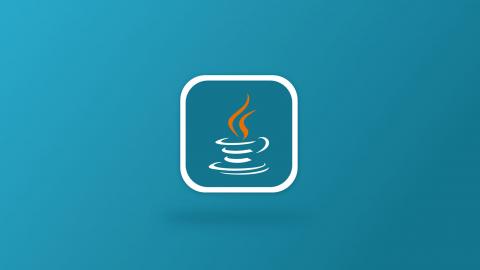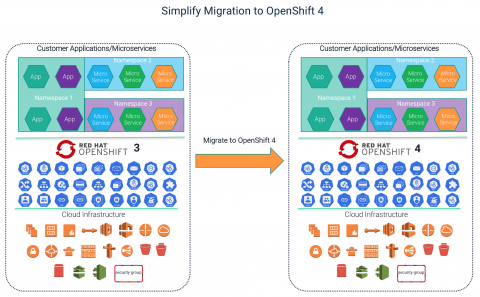Operations | Monitoring | ITSM | DevOps | Cloud
%term
SysAdmin Day 2019 - Tech Support, Part 3
How to Monitor Amazon CloudFront with CloudWatch
Amazon CloudFront is a CDN that allows you to serve content from edge locations without having to actually stand up infrastructure around the world. However, since it’s a managed service, you have less visibility with traditional monitoring tools. As such, it becomes even more important to take advantage of the available monitoring tools in AWS. In this post, we’ll explain how to use CloudWatch to monitor CloudFront and what is important to watch.
Kubernetes Adoption Driving Rancher Labs Momentum
This week Rancher Labs announced a record 161% year-on-year revenue growth, along with a 52% increase in the number of customers in the first half of 2019. Other highlights from H1’19 included: You can find the complete release here. We are grateful to our community of customers, partners, and users for the growth we achieved in the first half of 2019, and we will continue to gauge Rancher’s success in the larger context of enterprise adoption of Kubernetes.
How to Identify Malicious Code and Stop Web Defacement
In April of 2018, security researcher Kevin Beaumont discovered an interesting case of web defacement on the NHS Insights website. He’d expected to find data related to patient surveys about their experiences with the National Health Service. Instead, he found a very different kind of message. A review of the page’s cache suggested that this eerie music and imposing image had been in place for at least the previous five days.
Available Now - Resource Manager 6.4
Most Popular Java Web Frameworks in 2019
As Java has evolved over the years, multiple attempts have been made to simplify development for various use cases. From official standards like Java Enterprise Edition, to community-driven frameworks, Java is continuing to prove itself to be adaptable and viable. Our top list is based on usage from Hotframework.com's Java ranking and several other sources including blog posts and GitHub download numbers.
Simplify Migration from OpenShift 3 to 4
This is a guest post written by Appranix. Now that Red Hat OpenShift 4 has officially been released, it’s time to start thinking about migration from Red Hat OpenShift Container Platform 3 to OpenShift Container Platform 4. You can check out the details about the differences between OpenShift 3 and 4 here. One of the biggest differences between OpenShift 3 and 4 is how OpenShift 4 clusters operate using immutable and automated infrastructure enabled by RHEL CoreOS and automation.
Advanced Serverless CICD - Part 2: CircleCI
In the second part of his series comparing CICD services for serverless applications, Erez Rokah, developer of the open source aws-testing-library, focuses on the popular commercial tool, CircleCI.
From Scrum to Kanban: Why Most Delivery Teams at PagerDuty Made the Switch
Nearly two years ago, I joined PagerDuty as an Agile Coach with limited experience working with Kanban delivery teams. I started coaching two Scrum teams, but as soon as my teams got word that their peers using Kanban were happier and higher-performing, they pushed for the switch. Today, nearly all delivery teams here have transitioned from Scrum to Kanban.











